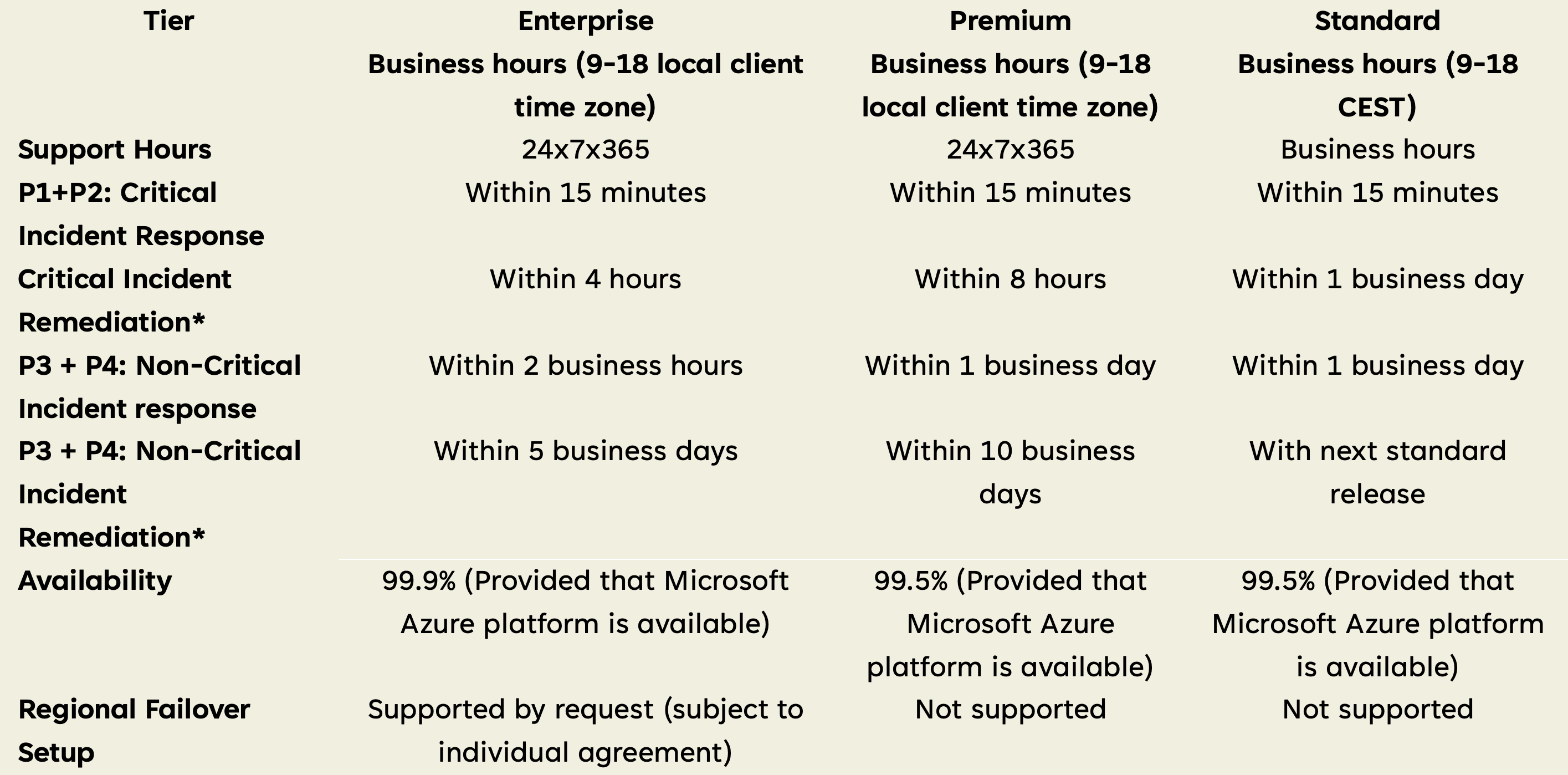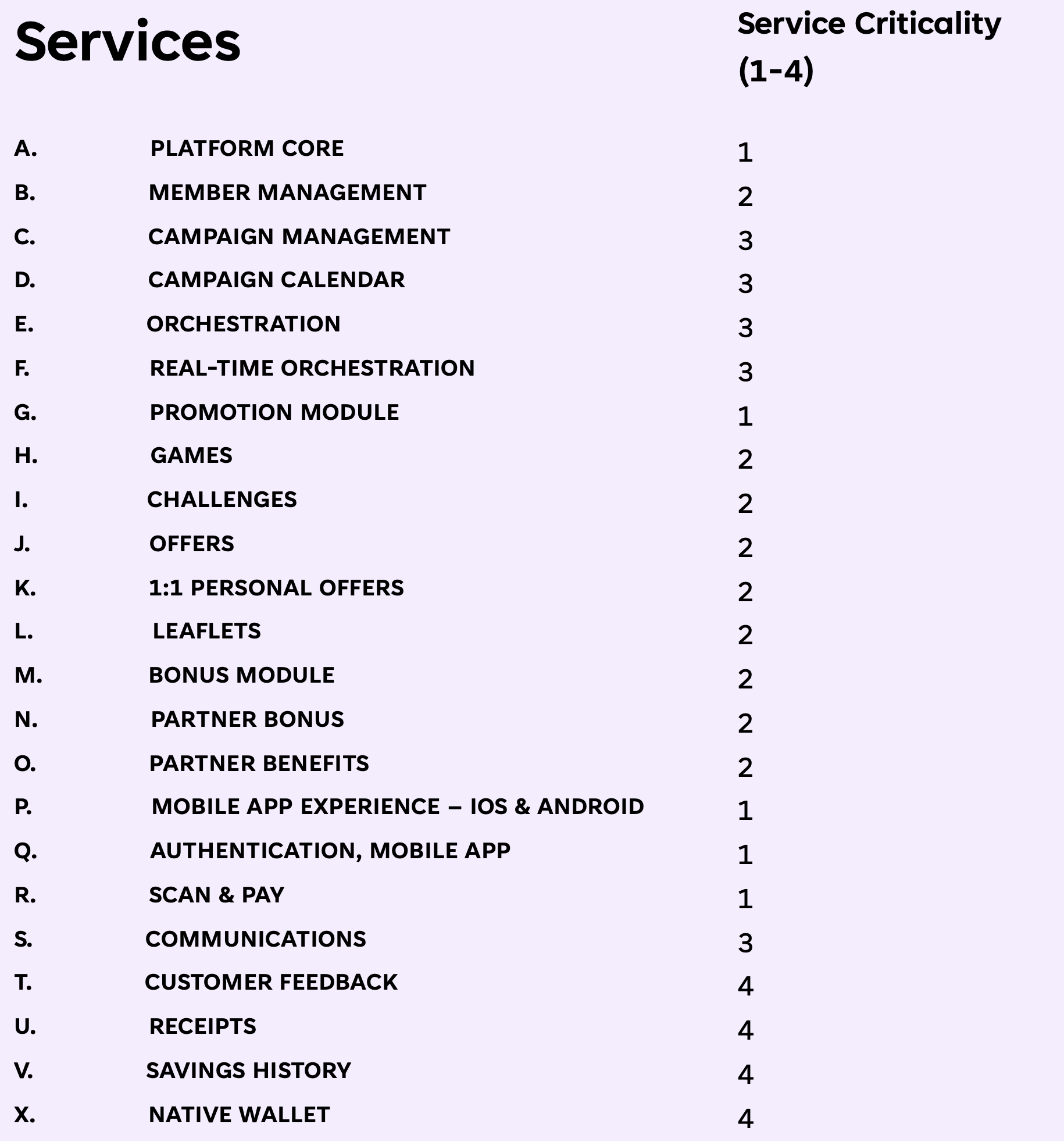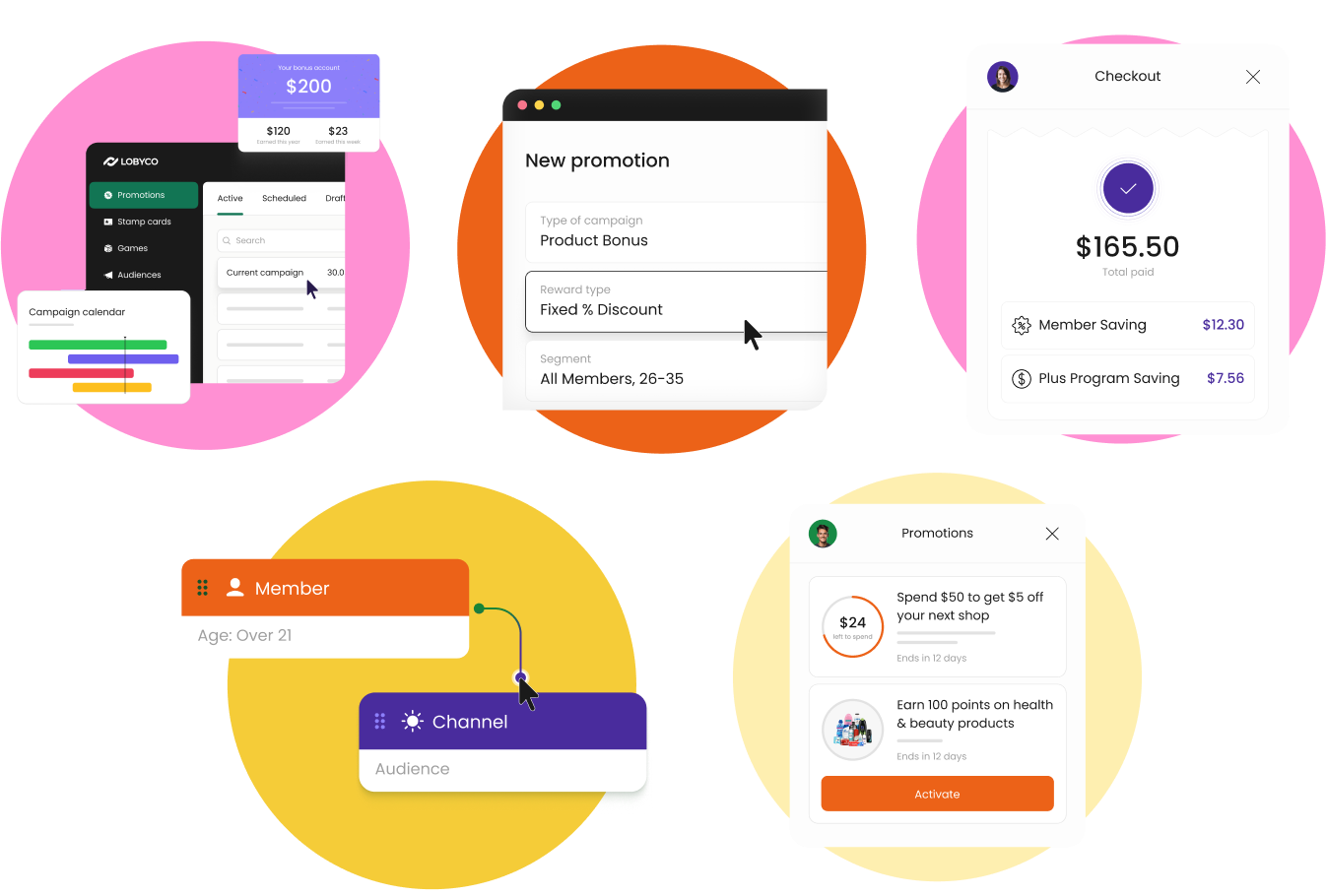1. Introduction to Service Level Tiers
This document outlines the structured approach Lobyco applies to service delivery through three distinct service level tiers: Enterprise, Premium, and Standard. Each tier is designed to meet varying customer needs in terms of responsiveness, availability, and support intensity.
The service levels define expectations for incident handling, service requests, SLA guarantees, and infrastructure setup. They also guide contractual commitments, change request protocols, and resource allocation.
The document will touch upon a number of functional areas that together comprises the service level tiers.
- Service level agreement (SLA) – Tiered support model
- Support for service requests
- Support for change requests
2. Lobyco Service Level Agreement (SLA) – Tiered Support Model
This Service Level Agreement (“SLA”) defines the service standards and support commitments provided by Lobyco to its customers, segmented by service level tier. The SLA is an addendum to the Master Service Agreement and Order Form and is incorporated by reference.
Service Tiers and Availability

Incident Classification & Response
Incidents are classified according to their impact on service availability and business operations:
- P1: Critical: The entire service is unavailable and business-critical operations are stopped. No apparent workaround available.
- P2: High: Significant parts of the service are out of order, and this affects a larger group of users, or a significant group of users cannot use the service. Business operations are significantly disrupted.
- P3: Medium: Non-critical feature is out of order or a few number of users are impacted within the scope of an critical feature.
- P4: Low: Non-critical feature is out of order or a few number of users are impacted. Workaround is available and shared with customer. No real business operational impact (e.g. cosmetic issues).
Response and remediation times are defined per tier as outlined above.
SLA Guarantee and Measurement
System Availability Percentage is calculated monthly as follows:
The availability of the LBC services is a weighted average across all services, where the service criticality determines the weights. Please find service criticality further overview below on this page.
As an example, assume the customer has services A, B, and C, with service criticalities of 1, 2, and 3, respectively. When calculating the availability, these services will have weights w_A = 4, w_B = 3, and w_C = 2.
Example: If service A and service C is unavailable for 60 minutes in January (31 days), while the service B is fully operational, the LBC service availability for January will be:
6 (weight of service A+C) /9 (total weight of all services) * 60 min (downtime) / 44.640 min (all minutes in January) = 0.00089 %
This will result in a monthly availability of 1 – 0.00089% = 99.91%
Availability is measured using Lobyco’s internal monitoring systems. Downtime excludes scheduled maintenance, force majeure, customer-side issues, and failures of Microsoft Azure infrastructure.
Service Credits and Penalties
- Enterprise Tier: Maximum compensation is 20% of the monthly SaaS fee. For each 0.1% the availability falls below the SLA target, a compensation amounting to 1% of the monthly SaaS fee applies.
- Premium Tier: Maximum compensation is 10% of the monthly SaaS fee. For each 0.1% the availability falls below the SLA target, a compensation amounting to 1% of the monthly SaaS fee applies.
- Standard Tier: No penalty for breach of SLA.
Service credits are the sole and exclusive remedy for any breach of the SLA.
Service Criticality Overview

Additional Terms
- Customer Responsibilities: Customers are responsible for maintaining and managing their own network, servers, and equipment, and for providing timely and accurate information to Lobyco support personnel.
3. Lobyco Service Request Support –Tiered Model
Service Request Support is governed by the Lobyco Service Level Agreement (“SLA”), which defines the standards and commitments for handling customer-initiated service requests. The SLA is an addendum to the Master Service Agreement and is incorporated by reference.
Service Request Support by Tier

Service Request Handling
Enterprise Tier: Service requests are handled whenever they are forwarded to Lobyco, ensuring flexibility and rapid support for business needs.
Premium Tier: Service requests are handled on a monthly budget basis.
Standard Tier: Service requests are managed under a Time & Materials (T/M) agreement. Certain request types, such as access requests, will be excluded. However, Lobyco will constantly try to minimise the service requests needed to do daily operations.
Customer Responsibilities
Customers are responsible for providing timely and accurate information to Lobyco support personnel so that they can be effective in the response of the service request.
4. Lobyco Change Request Support – Tiered Model
Change Request Support is governed by the Lobyco Service Level Agreement (“SLA”), which outlines the framework for managing customer-initiated change requests. This section defines the handling model, financial structure, and operational boundaries for change request analysis and implementation.

Change Request Handling Model
- Enterprise Tier: Customers may submit an unlimited number of change requests, subject to a Work-In-Progress (WIP) limit (5 concurrent change requests at any time) to ensure effective handling, throughput and prioritization. Requests are reviewed and processed continuously within the scope of the SLA.
- Premium Tier: Change requests are analyzed and managed within a predefined monthly budget. The monthly budget would be capped at X% of the monthly SaaS fee.
- Standard Tier: Change requests are handled under a Time & Materials (T/M) agreement. Analysis and implementation are billed based on actual effort, and certain request types may be excluded or deferred based on scope and priority. However an early cost indication (Guestimate) can be shared without incurring any cost.
Process Overview
Upon receipt of a change request, Lobyco will:
- Step 1 – Viability: High level review the request for viability and high-level indication of size (potential cost)
- Step 2 – Intake & Scoping: Review the request, assess feasibility, and define scope and impact.
- Step 3 – Analysis: Conduct technical and business analysis to determine implementation effort and dependencies and share this in an Order Form.
- Step 4 – Customer approval: Customer needs to approve or reject the Order Form within a reasonable timeframe.
- Step 5 – Execution: Prioritize and implement approved changes according to the tier’s handling model and available capacity.
Customer Responsibilities
Customers are expected to provide clear and complete change request descriptions, including business justification, desired outcomes, and any relevant documentation. Timely collaboration during analysis and implementation phases is essential to ensure successful delivery.



